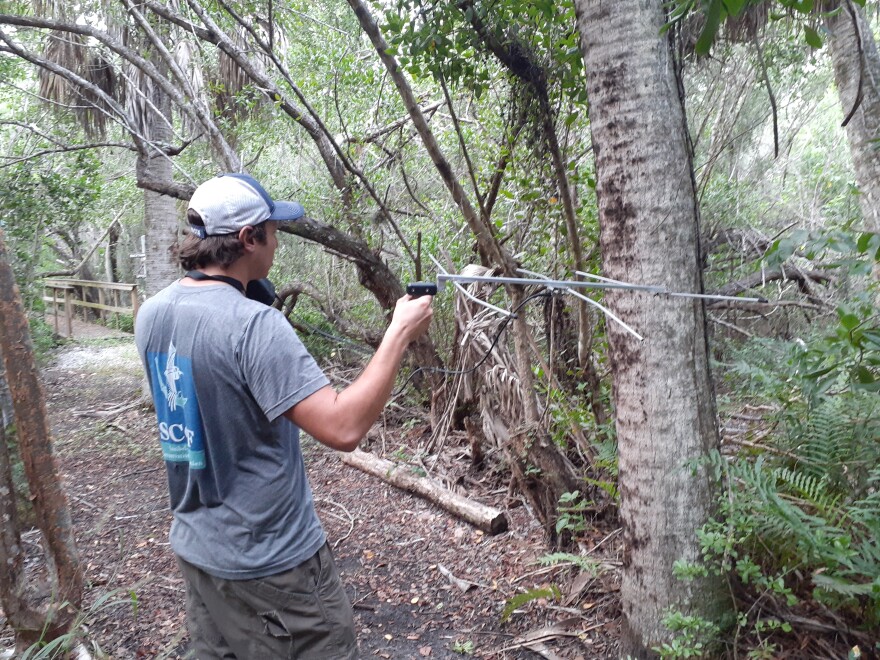A recent investigation by state wildlife officials found thousands of native turtles that were being poached and sold illegally to international markets.
According to the Florida Fish and Wildlife Conservation Commission, the alleged leader of the smuggling ring is from Lee County, but the turtle thieves’ operation went statewide after depleting local populations. Some of the animals were taken from Sanibel Island, where the nonprofit Sanibel-Captiva Conservation Foundation is based.
It's also where about 300 of the confiscated turtles were returned to the wild where SCCF researchers like Chris Lechowicz have been tracking and monitoring them.
"Some of these animals came from this island, so we had a long term monitoring project here, so we were the logical ones to get those animals," said Lechowicz.
SCCF has been monitoring turtles on the island since 2002. Lechowicz said the confiscated turtles were released more than a month ago and they are doing well.

"So far we haven’t seen any mortality, we haven’t seen any evidence of them being sick, and the ones that we’re tracing seem to have established new home ranges that we’re very happy about," Lechowicz said.
To track the easily camouflaged animals, SCCF wildlife technician Mike Mills uses a metal device that looks like a TV antenna from the 70s. It picks up a signal from a transmitter that was placed on the turtle before it was set free.
This method of tracking, called telemetry, uses radio signals to locate a transmitter. Telemetry has been used for wildlife research since the 1960s, and Mills says it is still one of the most effective ways to track animals. He finds Florida box turtle number twelve—who he affectionately calls "Panger" after St. Louis hockey announcer, Darren Pang—under a fallen palm frond.
"I don’t know if you would actually be able to find this guy again just by searching around, they can camouflage so well, so telemetry is a huge part in not just turtle research but wildlife research in general," said Mills.
Seeing the animals in person allows researchers to record the temperature of where the turtles are found and check them for ailments.

In addition to placing transmitters on turtles, SCCF researchers also physically mark them by drilling tiny holes on the outer edges of their shells. Lechowicz said the practice not only helps researchers to easily identify the turtles but also works to deter poachers from taking them, as the markings serve to let people know the animal is acounted for.





